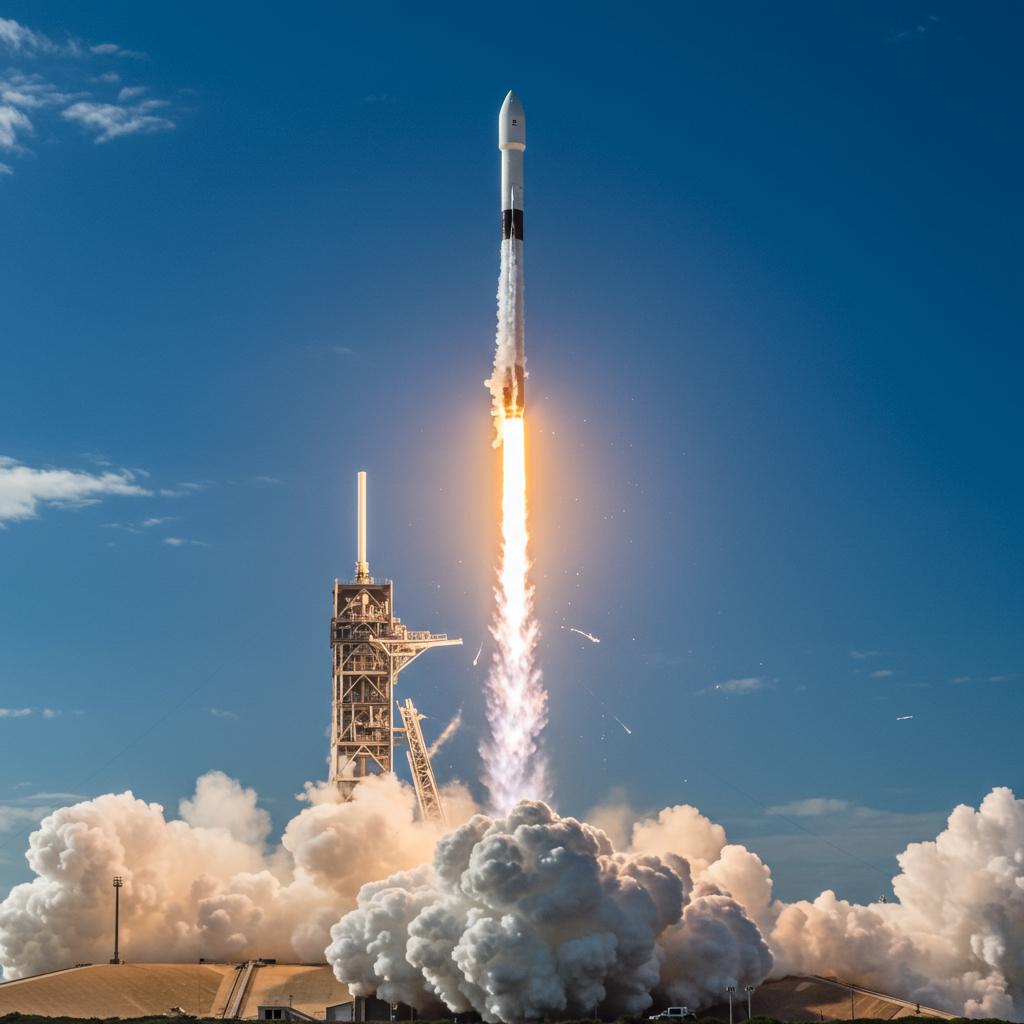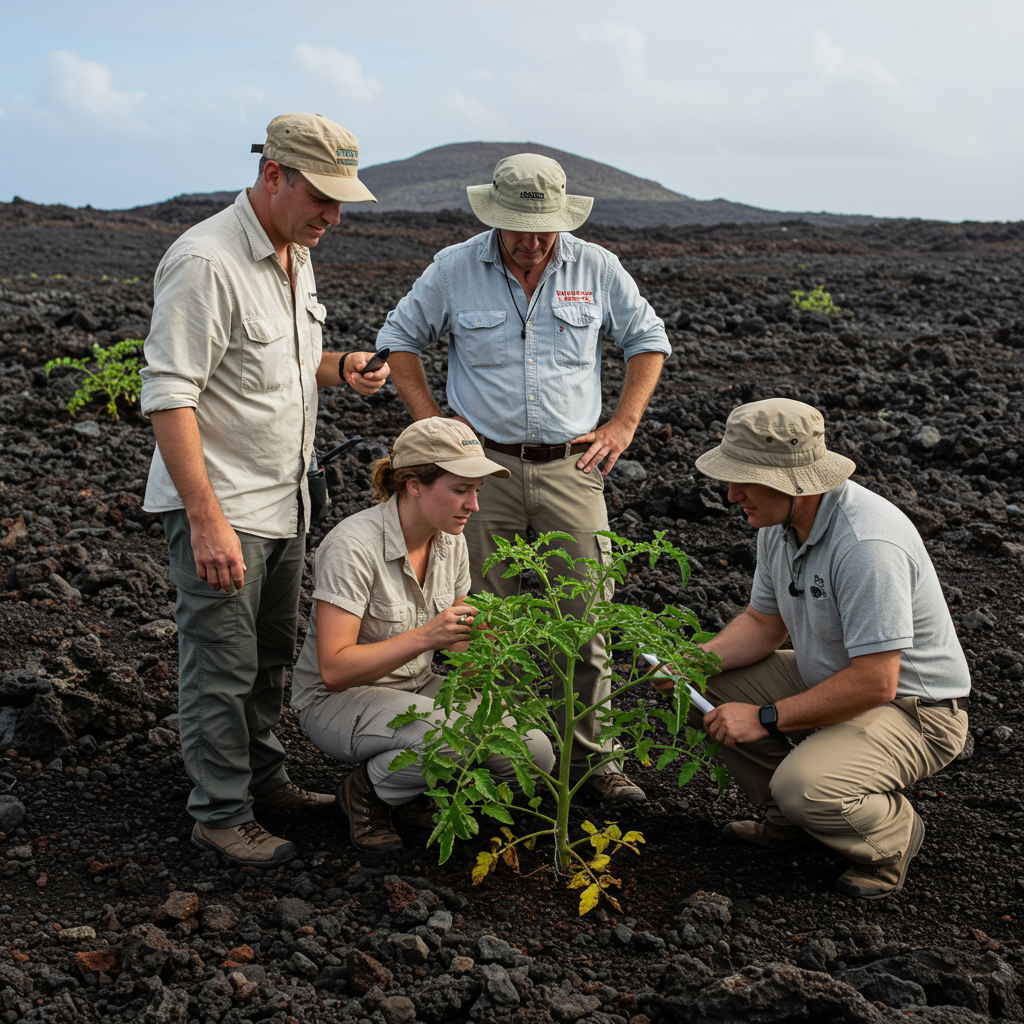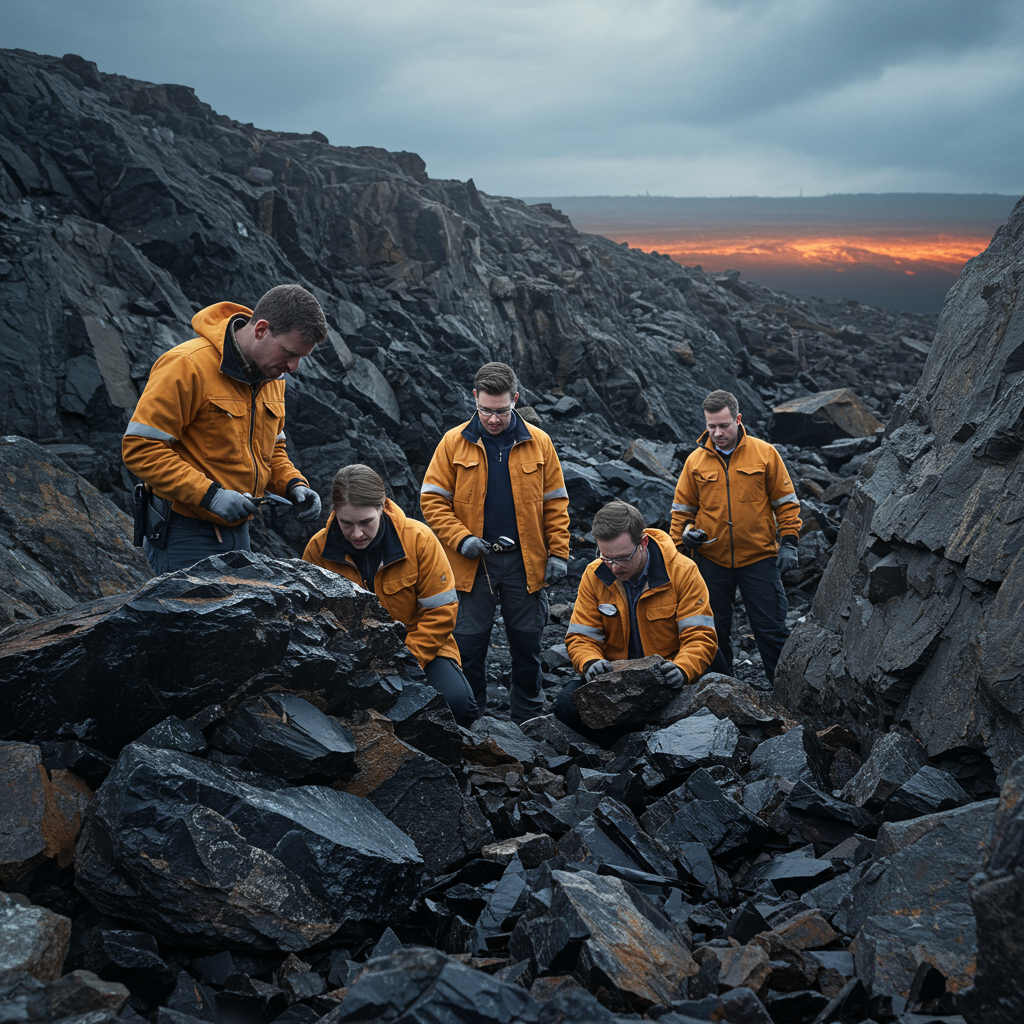Humanity’s persistent push into the cosmos marked another historic milestone on August 1, 2025. The SpaceX Crew-11 mission successfully launched from Florida, sending an international crew of four astronauts on a critical journey to the International Space Station (ISS). This significant flight, part of NASA’s Commercial Crew Program, underscores the evolving partnership between government agencies and private spaceflight companies. The mission promises to advance crucial scientific research and pave the way for humanity’s deeper exploration of space.
A Precision Liftoff from Kennedy Space Center
The Falcon 9 rocket, carrying the Dragon spacecraft, ignited its engines at 11:43 a.m. EDT. This powerful ascent from Launch Complex 39A at Kennedy Space Center in Cape Canaveral captivated onlookers. The atmosphere was charged with anticipation, especially after a previous launch attempt was scrubbed. On Friday, however, all systems were go, sending the Crew-11 team skyward with incredible precision.
The meticulous pre-launch timeline highlighted the dedication behind every space mission. Astronauts began their day suiting up at 7:54 a.m. inside the Neil A. Armstrong Operations and Checkout Building. By 8:20 a.m., they were headed to the launch complex. They boarded the Dragon spacecraft around 9:00 a.m., followed by thorough communication checks. The spacecraft hatch was securely sealed by 9:58 a.m. In the critical moments before liftoff, the crew access arm retracted. At 11:11 a.m., the Dragon spacecraft’s emergency escape system activated, providing a vital safety net for the initial 12 minutes of flight. Fueling of the Falcon 9 rocket, including its second stage, commenced around 11:17 a.m., culminating in the flawless launch.
An Elite International Crew Joins the Frontier
The four-person crew embodies international cooperation in space. Each member brings unique expertise to this long-duration mission. Leading the SpaceX Crew-11 mission is Commander Zena Cardman, a NASA astronaut making her first journey to space. She is joined by fellow NASA astronaut Mike Fincke, an experienced pilot embarking on his fourth spaceflight.
The team also includes Kimiya Yui of the Japan Aerospace Exploration Agency (JAXA), a seasoned mission specialist on his second trip to orbit. Rounding out the quartet is Oleg Platonov of Roscosmos, a cosmonaut experiencing his inaugural spaceflight. This diverse group will live and work aboard the ISS for approximately six months. Their combined skills are vital for the mission’s ambitious objectives.
Why Crew-11 Matters: Science and Exploration
The primary purpose of the Crew-11 launch extends far beyond simply transporting astronauts. This mission is a cornerstone for advancing human spaceflight and scientific discovery. Once docked with the International Space Station, the crew will embark on an intensive schedule. Their responsibilities include:
Conducting Extensive Scientific Experiments: From microgravity research to studies on human physiology in space, these experiments provide invaluable data.
Running Technology Demonstrations: Testing new equipment and procedures is crucial for future missions.
Preparing for Future Deep-Space Exploration: The crew’s work directly supports NASA’s ambitious plans for lunar missions and journeys to Mars.
Supporting Long-Duration Spaceflight: Their extended stay helps refine systems and understand challenges for future human endeavors in deep space.
- Engaging in Cutting-Edge Research in Low-Earth Orbit: This research often yields benefits for life on Earth, from medical breakthroughs to material science advancements.
- www.fox35orlando.com
- www.fox5dc.com
- www.yahoo.com
- www.fox32chicago.com
- www.space.com
Their work strengthens the foundation for humanity’s continued presence in space. It reinforces the scientific and technological progress necessary for reaching destinations beyond low-Earth orbit.
The Commercial Crew Program’s Enduring Legacy
The SpaceX Crew-11 mission represents the 11th crew rotation mission under NASA’s Commercial Crew Program. It is also SpaceX’s 12th astronaut flight to the ISS, including the pivotal Demo-2 test flight. This program signifies a groundbreaking shift in space transportation. It leverages private industry capabilities to provide reliable crew transport services to the ISS. This strategic partnership has revitalized American human spaceflight, ensuring continuous access to the orbiting laboratory.
The Dragon capsule itself, named Endeavour, has a remarkable history. This marks its sixth mission, making it SpaceX’s most-flown Crew Dragon vehicle. Its consistent performance highlights the robustness and reusability of modern spacecraft. The program’s success allows NASA to focus on deep-space exploration, while commercial partners manage routine ISS transport.
Navigating Weather Challenges: A Testament to Rigor
The path to liftoff was not without its hurdles. The Crew-11 launch was originally scheduled for July 31. However, it was scrubbed just one minute before liftoff. The culprit was cloud cover, which violated strict weather safety criteria at the launch site. This delay underscored the rigorous safety protocols governing space launches.
On the successful launch day, weather conditions remained a concern. The likelihood of favorable launch weather had decreased from an initial 75% to 60%. Meteorologists closely monitored the sea-breeze. This phenomenon often produces clouds and potential showers as it moves inland. The precise placement of these clouds was crucial for a successful launch. Despite these atmospheric challenges, the team executed a flawless launch. A backup launch opportunity was available on Saturday, showcasing meticulous planning for all contingencies.
Journey to the Orbital Outpost
Following its successful liftoff, the Dragon spacecraft carrying the Crew-11 astronauts is now en route to the International Space Station. The docking with the orbital laboratory is anticipated on Saturday, August 2, around 3 a.m. EDT. This precise maneuver will integrate the new crew into the existing ISS team.
Upon their arrival, the four members of SpaceX’s Crew-10 mission, who reached the ISS in March, will prepare for their return to Earth. Their departure is scheduled a few days after Crew-11’s docking. This regular rotation of crews ensures continuous human presence on the ISS. It also allows for the consistent execution of scientific research and station maintenance. The arrival of Crew-11 marks a seamless transition, extending humanity’s reach and scientific endeavors in low-Earth orbit.
Frequently Asked Questions
What is the primary objective of the SpaceX Crew-11 mission?
The main goal of the SpaceX Crew-11 mission is to advance scientific knowledge and prepare for future human spaceflight. For approximately six months, the international crew will conduct a wide range of scientific experiments and technology demonstrations aboard the International Space Station (ISS). Their work directly contributes to understanding how humans and systems perform in space, yielding benefits for life on Earth. It also lays crucial groundwork for upcoming missions, including lunar exploration and journeys to Mars.
Who are the astronauts aboard the Crew-11 mission?
The Crew-11 mission features a diverse four-person international team. It includes NASA astronauts Zena Cardman, serving as mission commander in her first spaceflight, and Mike Fincke, the pilot on his fourth space journey. They are joined by Kimiya Yui from the Japan Aerospace Exploration Agency (JAXA), making his second trip to space, and Oleg Platonov of Roscosmos, embarking on his inaugural flight. This multinational collaboration highlights the global effort in space exploration.
How does the Crew-11 mission contribute to future deep space exploration?
The Crew-11 mission is a vital stepping stone for future deep space exploration. By extending human presence on the International Space Station for six months, the crew performs long-duration spaceflight research. This includes studying the effects of microgravity on the human body and testing advanced technologies. The insights gained from these activities are essential for designing safer and more sustainable missions to destinations like the Moon and Mars. Their work directly informs the strategies and technologies needed for humanity to venture further into the solar system.
Conclusion
The successful SpaceX Crew-11 mission represents far more than just another rocket launch. It symbolizes a new chapter in collaborative space exploration. With an accomplished international crew now en route to the ISS, the mission is poised to deliver invaluable scientific insights and technological advancements. Their work will not only benefit life on Earth but also propel humanity closer to its ambitious goals of lunar and Martian exploration. As the Dragon Endeavour approaches the orbital laboratory, the global scientific community eagerly awaits the contributions of Crew-11. The future of human spaceflight continues to look bright, propelled by such vital endeavors.



